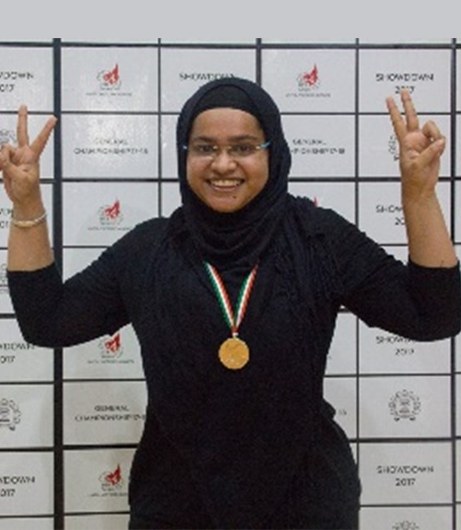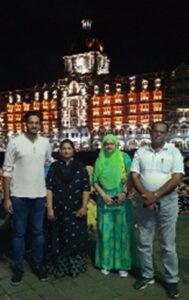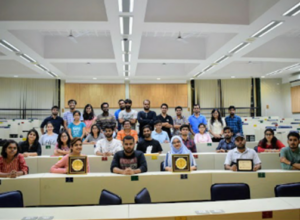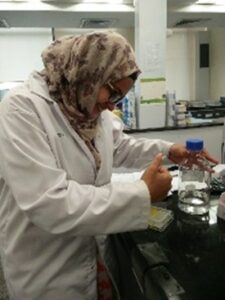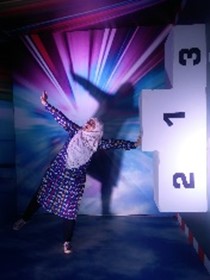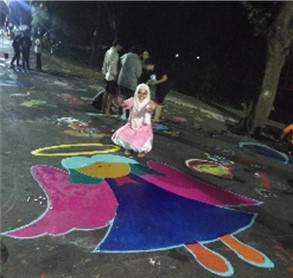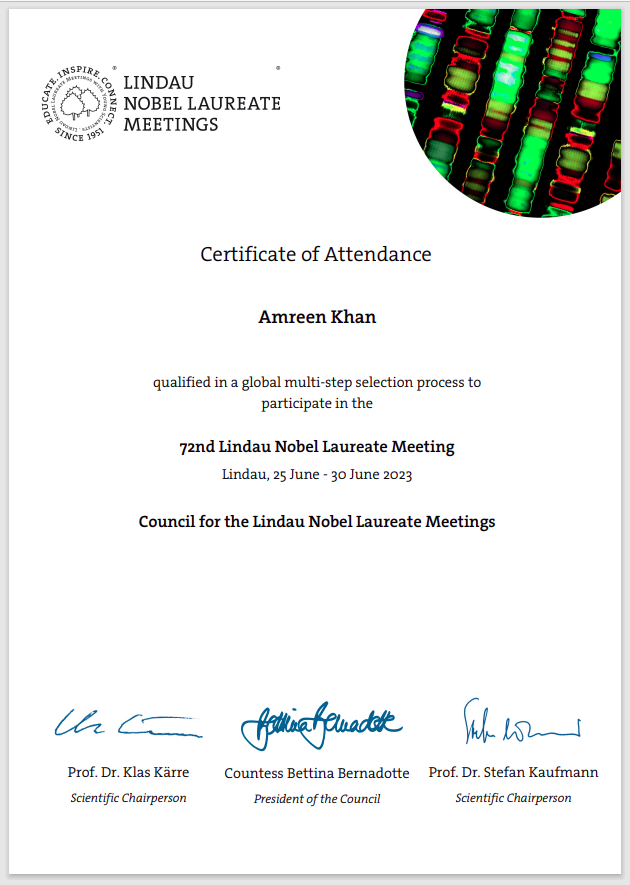Enhanced Cancer Treatment: By focusing on cancer theranostics, my research aims to develop materials that can precisely target cancer cells and deliver medication specifically to those cells. This targeted approach can result in more effective and less harmful cancer treatments, minimizing side effects and improving patient outcomes.
Personalized Medicine: The development of biomaterials for cancer theranostics enables personalized medicine approaches. These materials can be tailored to individual patients, considering their specific type of cancer, its stage, and their unique biological characteristics. This personalized approach holds great promise for improving treatment efficacy and patient experiences.
Wound Healing Advancements: The research also focuses on developing biomaterials that promote a faster and more efficient healing process for wounds. These materials can create an optimal environment for tissue regeneration, preventing infections, and reducing healing time. This advancement in wound healing can significantly improve the quality of life for individuals with chronic wounds, burns, or injuries.
Reduced Healthcare Burden: By improving cancer treatment and wound healing, the research contributes to reducing the overall burden on healthcare systems. More effective cancer therapies may lead to reduced treatment costs and improved patient outcomes, while faster wound healing can decrease hospital stays and associated healthcare expenses.
Economic Impact: The development and utilization of innovative biomaterials can have a positive economic impact. It can stimulate growth in the healthcare sector, foster technological advancements, and create opportunities for industry collaboration and job creation.
Overall, the research on innovative biomaterials for cancer theranostics and wound healing addresses pressing societal needs by improving treatment outcomes, personalizing medicine, reducing healthcare burdens, and contributing to economic growth. It holds the potential to positively impact the lives of individuals worldwide, offering new possibilities for better health and well-being.

